Mohenjo-Daro: An Ancient Indus Valley City

Introduction Mohenjo-Daro, an ancient city of the Indus Valley Civilization, stands as a testament to early human innovation and culture. Located in Sindh, Pakistan, there is one of the world’s most significant archaeological sites. The city dates back to around 2500 BCE, showcasing remarkable urban planning and social organization. Today, it gives us invaluable insights […]
The Beauty of Clifton Beach in Karachi, Pakistan
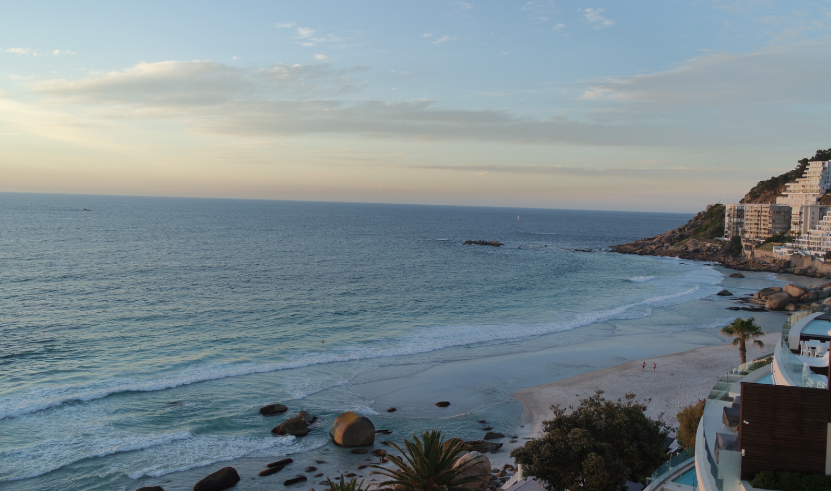
Introduction Clifton Beach, located on the Arabian Sea in Karachi, Pakistan, is one of the country’s most popular destinations. Known for its lively atmosphere, this beach attracts locals and tourists alike. Visitors come here to enjoy the scenic beauty, activities, and cultural vibe. Clifton Beach is a vital part of Karachi’s identity, offering a glimpse […]
The Majestic Ranikot Fort: A Jewel of Sindh’s History
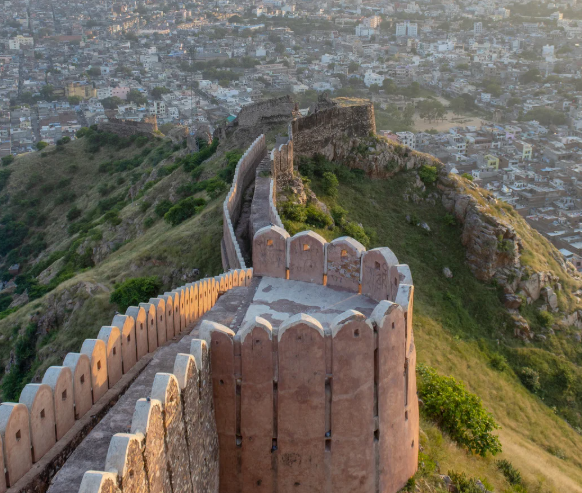
Introduction Ranikot Fort, located in the Sindh province of Pakistan, stands as one of the largest forts in the world. Often referred to as “The Great Wall of Sindh,” this fort showcases the rich history and architectural brilliance of the region. Nestled amidst the picturesque landscape of the Kirthar Mountains, Ranikot Fort offers visitors a […]
Shah Jahan Mosque: A Masterpiece of Mughal Architecture
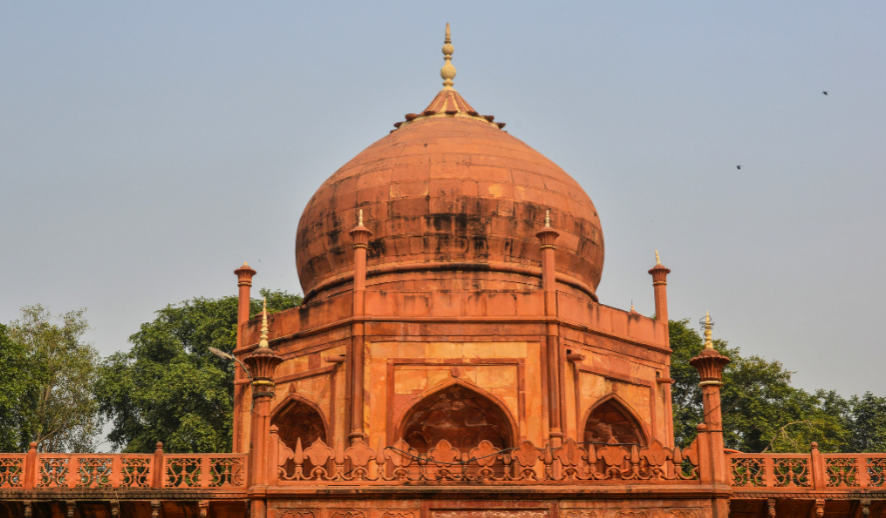
Introduction Shah Jahan Mosque, located in Thatta, Sindh, Pakistan, is a masterpiece of Mughal architecture. Built-in the 17th century by Emperor Shah Jahan, this mosque stands as a tribute to the artistic excellence and generosity of the Mughal era. Today, it is one of the most cherished architectural treasures in Pakistan, known for its stunning […]
Frere Hall: A Historical Landmark in the Heart of Karachi
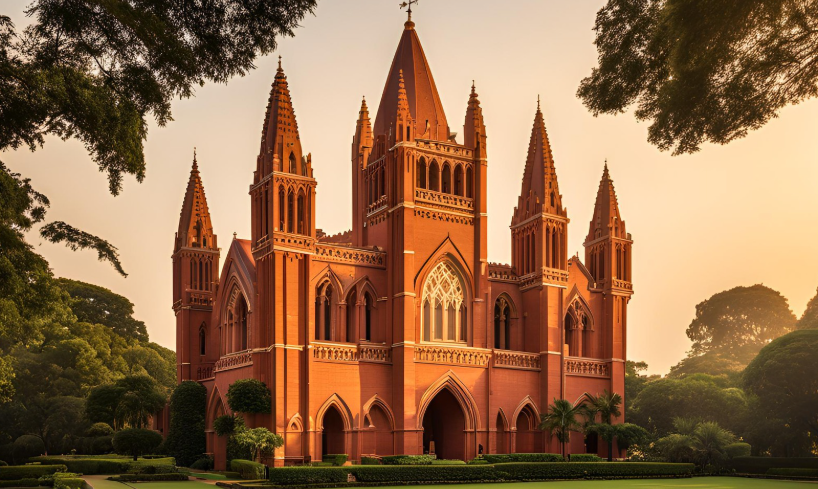
Introduction Frere Hall, located in the heart of Karachi, Pakistan, stands as a remarkable blend of history, architecture, and culture. Built-in the 19th century, it remains one of Karachi’s most iconic structures. People visit Frere Hall to admire its Gothic-inspired architecture, explore its lush gardens, and appreciate its cultural significance. Over the years, this landmark […]
Exploring the History and Architecture of Chaukhandi Tombs
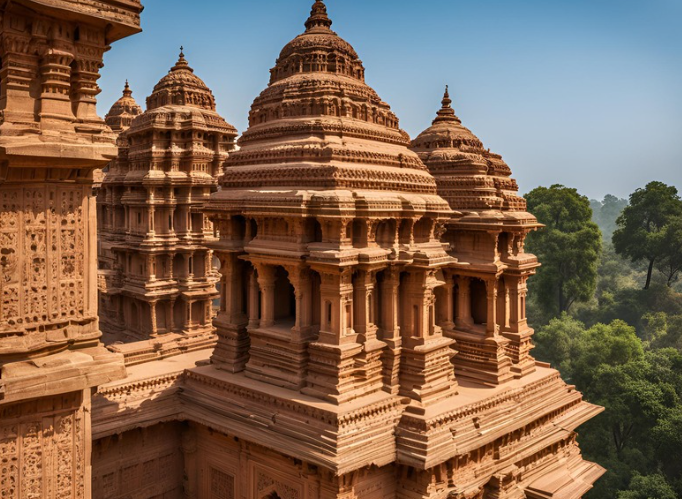
Introduction The Chaukhandi Tombs stand out as one of Pakistan’s most iconic ancient necropolises. Dating back to the 15th to 18th centuries, these tombs were constructed by local Sindhi tribes, including the Jokhio, Baloch, and Samma tribes. The site reflects a blend of cultural influences and marks the final resting place of many tribal leaders […]
A Historical Landmark: Empress Market in Saddar, Karachi
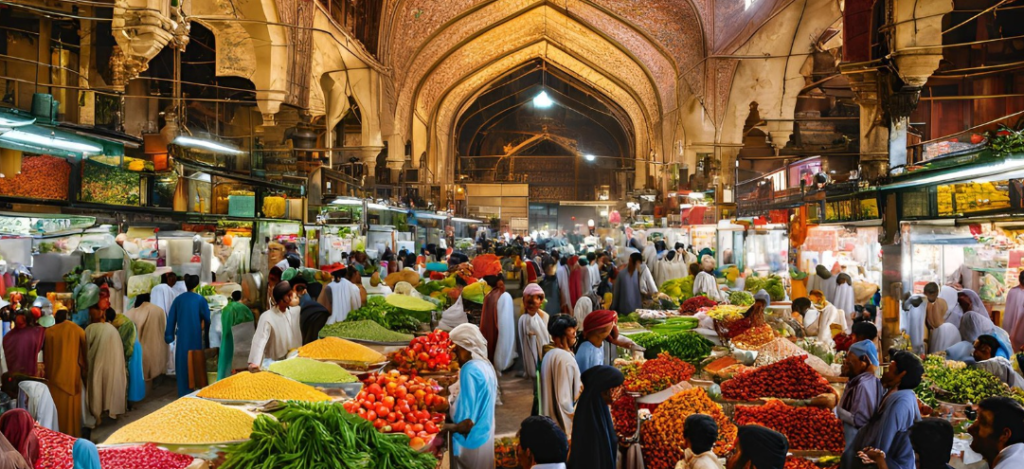
Introduction Empress Market, located in the heart of Saddar, Karachi, is one of Pakistan’s most historic and vibrant marketplaces. This bustling market has served Karachi’s residents and visitors for over a century. Built during British rule in the 1880s, Empress Market commemorates Queen Victoria, who was then known as the Empress of India. Today, the […]
Gorakh Hill Station is the beautiful place in Pakistan
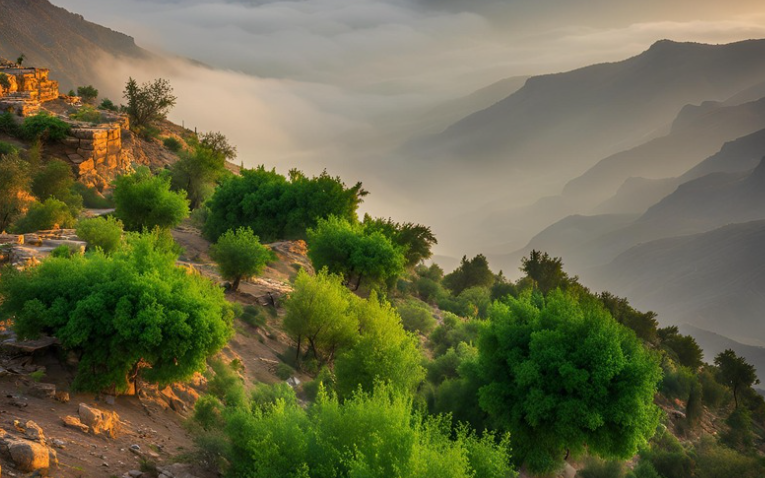
Introduction Gorakh Hill Station, often called the “Murree of Sindh,” is a unique destination located in Pakistan’s Kirthar Mountains. This hill station is known for its cool climate, stunning landscapes, and serene atmosphere. Sitting at 1,734 meters (5,689 feet) above sea level, Gorakh Hill Station offers a refreshing escape from Sindh’s generally hot climate. It’s […]
Discover the History of Kot Diji Fort in Sindh
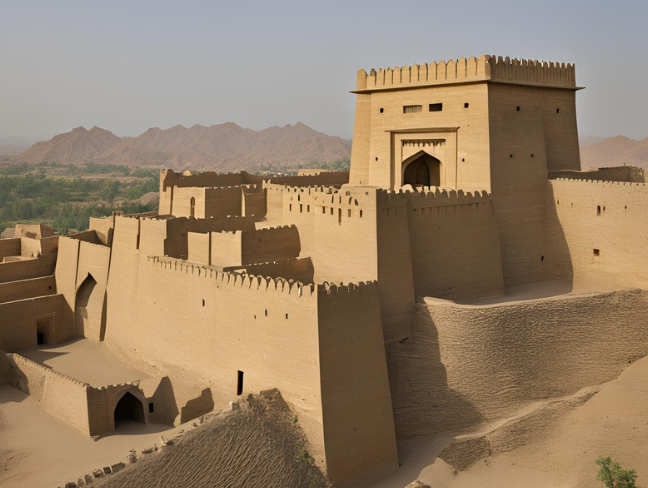
Introduction Nestled in the Khairpur District of Sindh, Kot Diji Fort stands as a reminder of Sindh’s rich heritage and strategic importance. This historic site, built during the Talpur Dynasty, showcases impressive architectural prowess and defensive design. Known for its unique features, Kot Diji Fort has become a cherished landmark that attracts history enthusiasts, travelers, […]
Journey through History: Bhambore and Its Rich Heritage
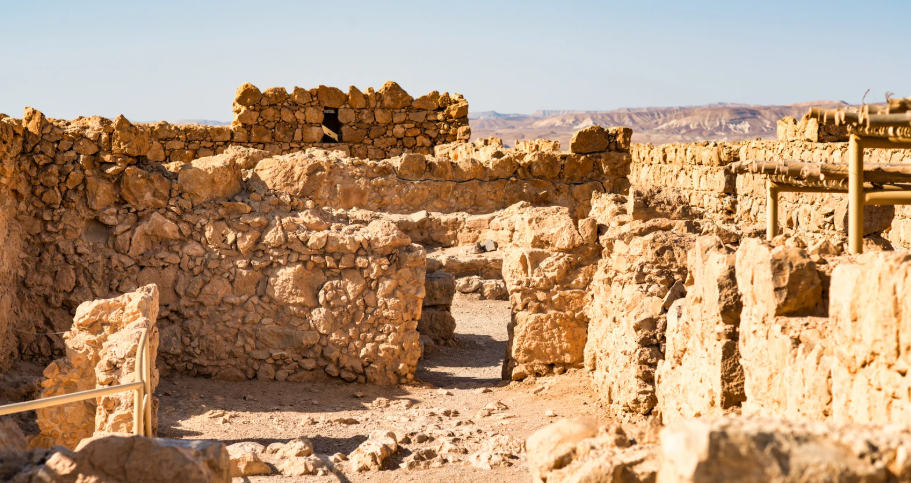
Introduction Bhambore, located in the Sindh province of Pakistan, holds a mysterious allure as an ancient city with deep-rooted history. Dating back to the 1st century BC, this archaeological site is more than just ruins; it’s a portal to the past. Bhambore was once a thriving port city that connected various parts of Asia through […]